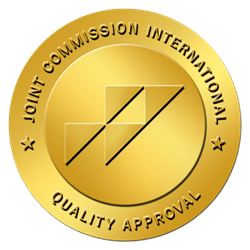MDMA and Molly Abuse
What is MDMA?
MDMA (or 3,4 methylenedioxymethamphetamine) is a psychoactive drug made from safrole oil. MDMA is unique in that it proves the abuser with symptoms of both stimulants and psychedelics, but it also gives them a “feeling of connectedness” – which is unlike other substances. MDMA is the primary chemical substance in ecstasy – however, because many street drugs are cut with so many different substances, pure MDMA is actually quite hard to come by, despite being sought after. In fact, most of the ecstasy or molly confiscated by police contain little-to-no MDMA at all, yet are sold as if they do. Chemically, MDMA is a derivative of meth. MDMA is usually found in pressed pill form, though it can also be snorted.
What is Molly?
Molly is a street nickname, for what many people think is “pure” MDMA. It is a popularized term, especially in nightclub culture. Some recreational users also believe that ecstasy, molly or MDMA are the same, however, this misconception frequently causes the users to take substances that are cut with any other number of unknown and harmful chemicals. Because uneducated abusers are told that molly is the pure form of MDMA, they believe it to be safer than ecstasy, which has a reputation of being altered. This leads to a spiral of harmful side effects and potential overdoses.
The Difference between Molly and MDMA
MDMA is the actual scientific designation for the drug, with molly or ecstasy being street slang. Unfortunately, because MDMA is a schedule I narcotic, considered unfit for medical use, it is illegal. Due to it’s designation, it is very difficult to find pure MDMA, or if you can find it at all. Molly purchased on the street is usually always cut with hard, illicit drugs. It is one of the most altered substances you can obtain. Most of the time, it rarely contains any actual MDMA. Many harm reduction facilities have he tools necessary to test pills and determine what is in them. This can actually help an abuser discern if their molly contains any actual MDMA or what it is cut with. This lowers the risk of ingesting toxic chemicals or other drugs.
How do they Affect the Body Differently?
For the most part, MDMA is considered less dangerous than “harder” substances such as alcohol, meth or Valium. There are some negative short term effects, but most of the difference comes from utilizing pure MDMA vs using street molly cut with harmful substances.
Effects of MDMA
For recreational users or full on abusers of MDMA, the reasoning for utilizing the drug is based around the euphoric feelings that come with the high. Many users tend to use the drug in social settings such as clubs, concerts or festivals, as it increases and heightens many sensory perceptions. Some of the effects that MDMA abuse has on the body include, but are not limited to:
- Euphoria
- Feelings of Connectedness of Closeness
- Increased Empathy
- Reduced Inhibitions
- Increased Sexual Desire or Feeling
- Increased Sensitivity and Sensory
Because of these “positive effects”, pure MDMA is sought after, but rarely found. Instead, most common users find themselves taking molly or ecstasy, which is cut with so many other chemicals, that effects can vary greatly.
Effects of Molly
On top of the effects that pure MDMA will provide, molly is very often mixed with other chemicals such as cocaine, meth and other synthetic chemicals such as bath salts which can cause very negative and harmful effects. Some of the harmful side effects of street molly, especially caused by bath salts include:
- Paranoia and Hallucinations
- Extreme Aggression
- Chest pain
- Increased Heart Rate and Blood Pressure
- Panic Attacks
Long Term Effects of Molly or MDMA
Over the course of excessive use, there are some physical and mental effects that Molly or MDMA can have. They can range from mild to extremely serious, which is why it is so imperative to get help from a substance abuse counselor near you, should you find that you are developing a pattern. Some of the long term effects include:
- Impulsiveness
- Brain Damage
- Memory Loss
- Organ Damage
- Seizures
- Panic Attacks
- Depression
- Paranoia
- Depersonalization
While many people think of molly as just a “club drug” or a “fun drug”, the fact is that it can and will have negative and dangerous effects on both body and mind due to how many extra chemicals are added to it. While the long term effects on the body are considered less dangerous than alcohol or heroin, there are many other concerns to think about. The aggression and violent outbursts typically associated with bath salts causes definite safety concerns or criminal activity, and the increased tendencies toward sexuality and promiscuity can lead to STDs.
Identifying MDMA or Molly Abuse
Unlike other drugs, there are not as many long term detrimental effects of MDMA or molly abuse. However, it does have some addictive properties and should be treated with care. If you or someone you love is abusing MDMA or molly, it is important to get them the help they need from a professional drug treatment facility, like Royal Life Centers. Some of the signs and symptoms associated with molly abuse are, but are not limited to:
- Nausea
- Blurry Vision
- Delirium
- Hallucinations
- Drug Seeking Behaviors
- Withdrawal from Loved Ones
- Reckless Behavior
- Accidents or Unintentional Injury
If you begin to notice that you or a loved one is starting to act differently, especially if their hobbies include raves, clubs or other late night social places, it may be time to have a discussion about party drug use. Substance abuse hurts more than just the body. It can injure the mind, the spirit, and break your relationships. If you feel that you are depending on drugs, there is help available.
Withdrawal
Physical dependence and addiction to molly or MDMA is not as severe as other substances. However, after excessive or long term use, the brain will begin to form a dependency and some withdrawal symptoms will occur after discontinuing. While withdrawal from molly or MDMA is not nearly as dangerous or lethal as with substances like alcohol or Valium, they are still extremely unpleasant.
Withdrawal from MDMA can include:
- Psychosis
- Hallucinations
- Anxiety
- Irritability
- Insomnia
- Confusion
- Mood Swings
- Hostility
Because withdrawal from MDMA, ecstasy or molly is so mental, it can be extremely exhausting and difficult to overcome. Without the assistance of a licensed and professional detox team, many users will relapse due to the emotional and mental assault the drug has. Medical detox is the safest and least painful way to withdraw from any substance.
Recovery from MDMA or Molly
Following medical detox at Royal Life Centers, guests will begin a comprehensive, collaborative approach to substance abuse treatment designed to support physical, mental and spiritual wellness. We offer a variety of detox options for treating drug addiction beyond just molly. Our program helps to promote a lasting, sober lifestyle through sobriety and beyond. Our addiction specialists, from our therapists and case managers to our facility staff, are dedicated to providing the best in care and support. Our holistic, evidence-based approach to psychotherapy incorporates individual and group sessions. We use other holistic methods, such as art, music and animal therapy to help our guests to learn to express themselves and communicate. Our treatment features state-of-the-art activity, movement, and adventure therapies to create one program that treats mind, body, and spirit. At Royal Life Centers, we believe that emotional healing is just as important as physical healing.
Guests may begin their recovery journey in our residential inpatient program and continue with us through PHP, IOP, OP, and sober living at our graduate housing residences. At Royal Life Centers, the guest is always our top priority, and we consistently do all we can to effect lasting change, that they might continue to lead healthy, sober lives long after they have left our care. This is not just our goal, but our mission.
Reach Out
Change your life with one call.
We can help.







